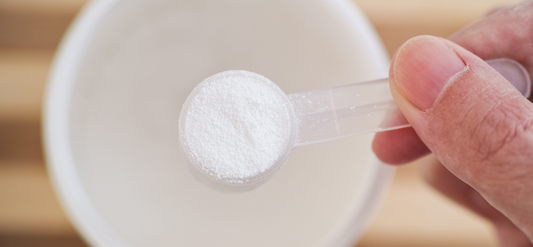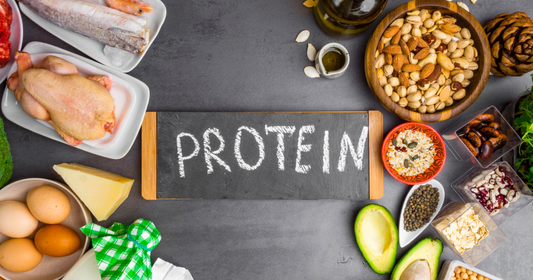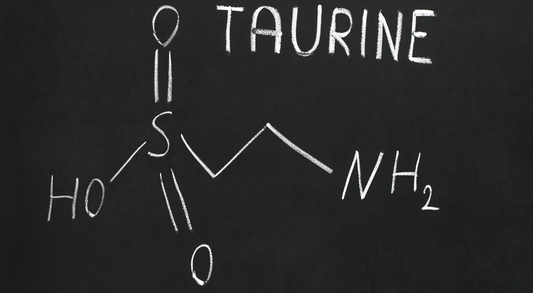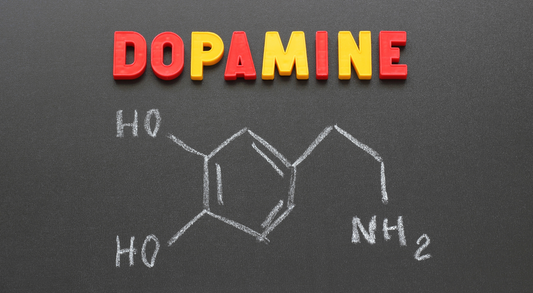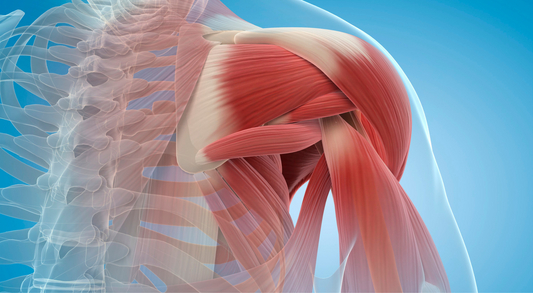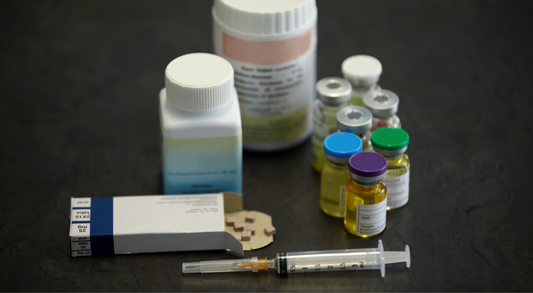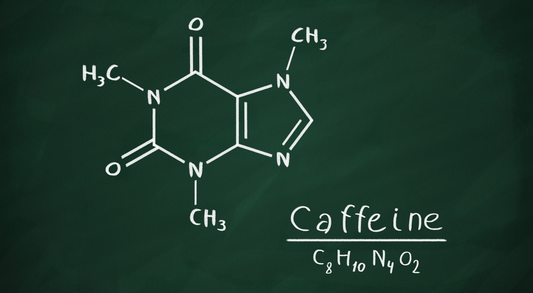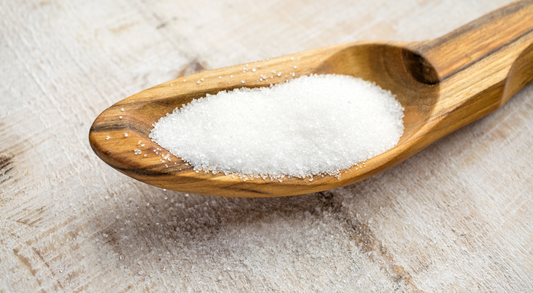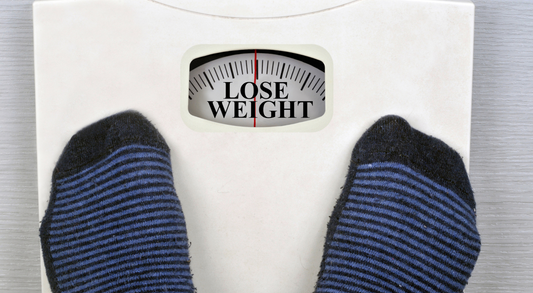Introduction
The term 'skinny fat' might sound contradictory, but it's a real phenomenon affecting individuals who appear thin but actually have a higher body fat percentage. This article explores the causes, risks, and effective strategies to address being skinny fat.
Understanding Skinny Fat
What Does It Mean?
'Skinny fat' refers to having a relatively low body weight and muscle mass but a high body fat percentage. People in this category often look slim in clothes but lack muscle tone and have excess fat, particularly around the abdomen.
Causes of Skinny Fat
Several factors contribute to becoming skinny fat, including:
- Lack of Muscle Mass: Insufficient strength training and a sedentary lifestyle can lead to low muscle mass.
- Poor Diet: High-calorie diets rich in processed foods and lacking in nutrients can increase body fat even in slender individuals.
- Genetics: Some people are more predisposed to store fat in certain areas.
Health Risks
Despite being underweight or normal-weight by BMI standards, skinny fat individuals can face health risks typically associated with obesity, such as:
- Increased risk of metabolic syndrome and type 2 diabetes.
- Higher likelihood of developing heart disease.
- Potential for decreased bone density and muscle strength.
A study by the National Library of Medicine highlights the metabolic risks associated with being skinny fat, emphasizing the importance of body composition over body weight alone.
Overcoming Skinny Fat
Nutrition and Diet
To combat skinny fat, focus on a balanced diet that includes:
- Protein: Essential for building muscle. Consider using a Protein Calculator to determine your daily needs.
- Healthy Fats: Sources like avocados, nuts, and olive oil can improve body composition.
- Whole Carbohydrates: Opt for whole grains, fruits, and vegetables for energy and fiber.
Exercise
A combination of cardio and strength training is key:
- Strength Training: Essential for building muscle mass and increasing metabolism.
- Cardiovascular Exercise: Helps to burn fat and improve heart health. Incorporating exercises like running, swimming, or cycling is beneficial.
Lifestyle Changes
Making overall lifestyle changes is also crucial:
- Increase Activity: Incorporate more physical activity into your daily routine.
- Sleep and Stress: Ensure adequate sleep and manage stress, as both can impact body composition.
Conclusion
Being skinny fat is a unique challenge, but with the right approach to diet, exercise, and lifestyle, it's possible to improve body composition and overall health. For those looking to calculate their body fat percentage and start on a journey to a healthier body, our Body Fat Calculator is an excellent tool.
To explore supplements that can support your journey, including options to increase muscle mass and reduce body fat, visit our Pre Workout Product Page.







